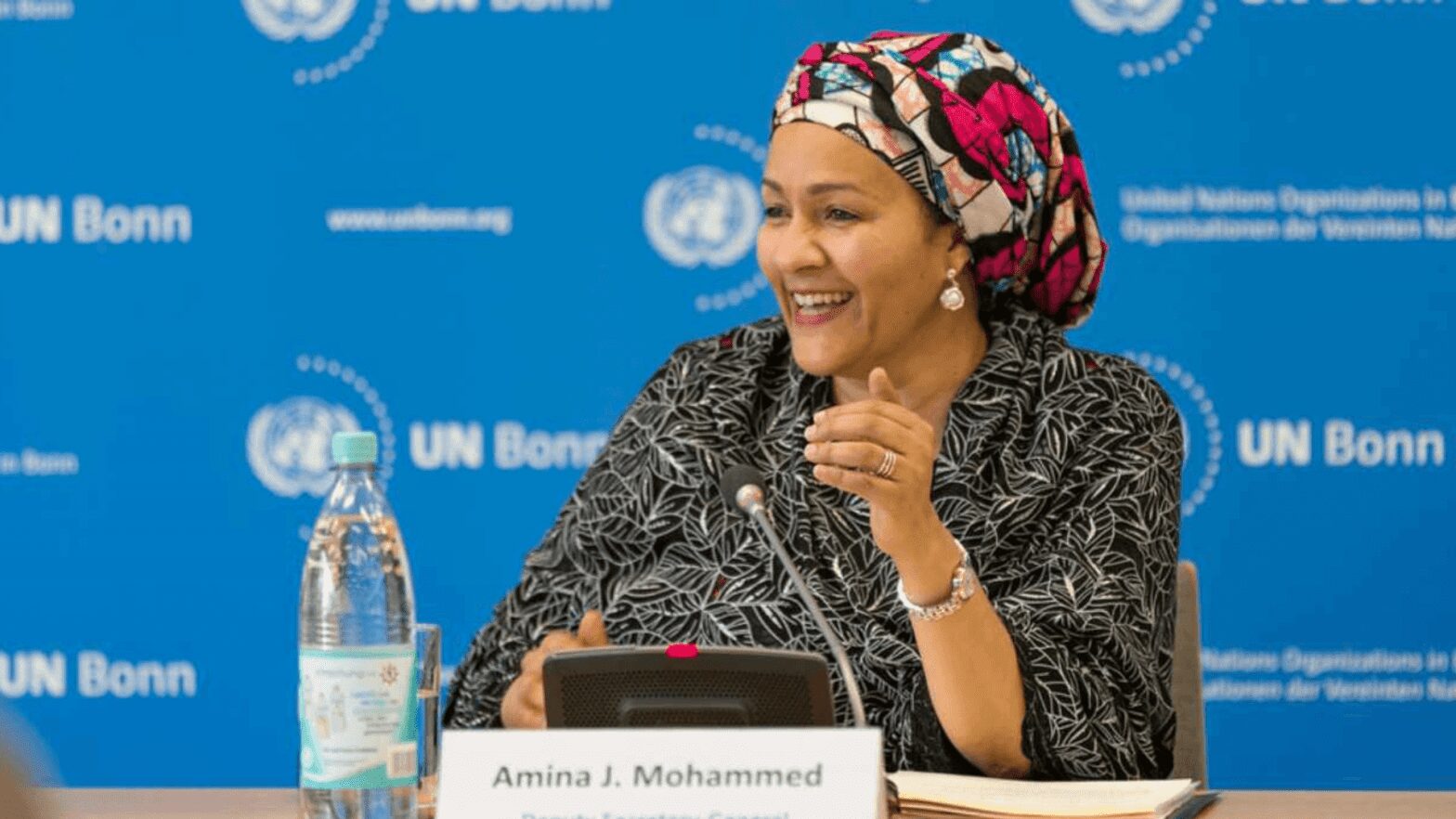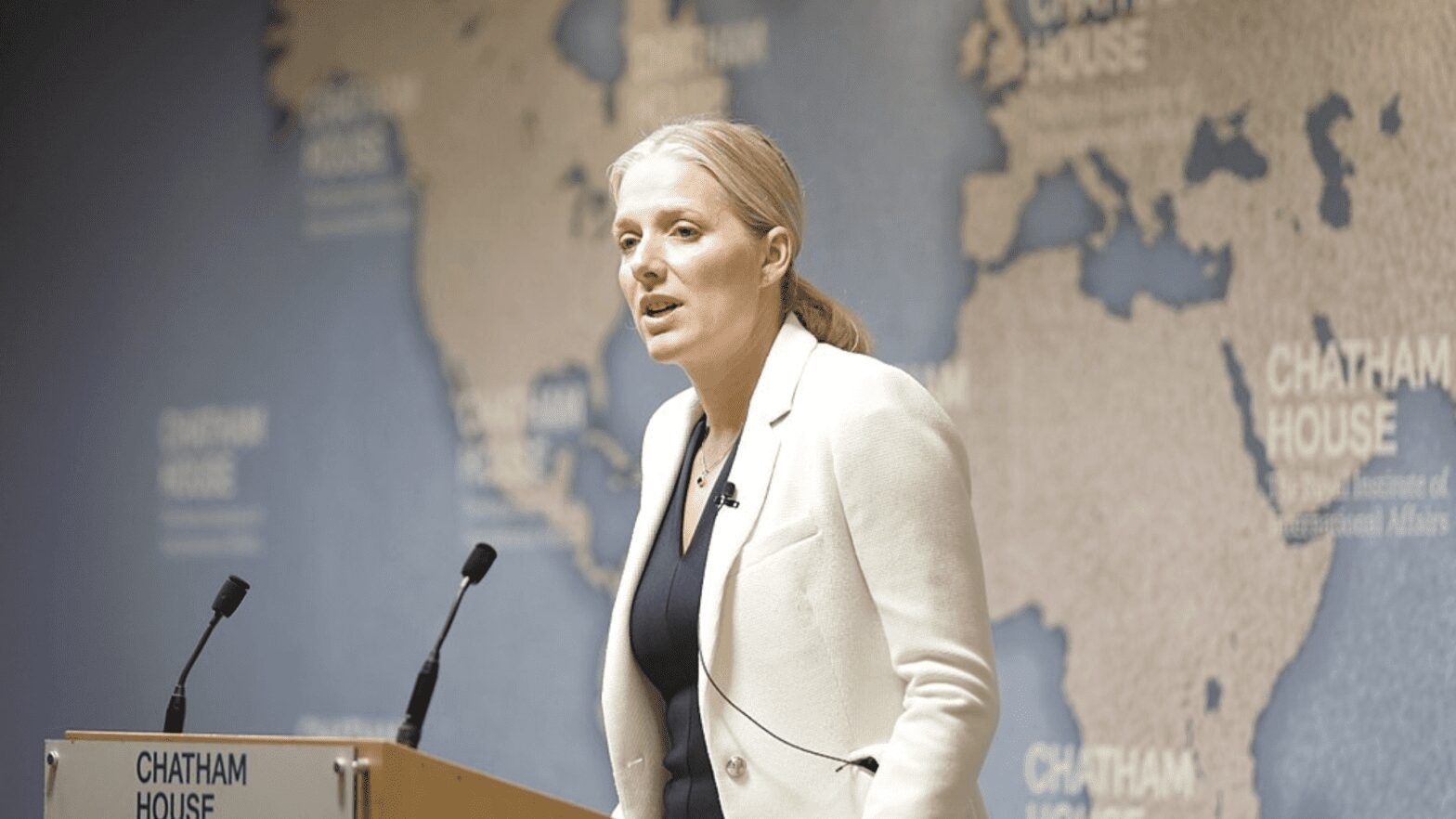The recent passage of the Inflation Reduction Act of 2022 in the United States has accelerated the advancement of energy storage as renewable energy developers and utility companies seek to diversify their revenue sources.
The legislation includes investment tax credits (ITCs) for the first time exclusively for energy storage, while also offering the option between ITCs or production tax credits (PTCs) for wind and solar developers. Previously, ITCs were only available for storage associated with solar projects, driving a significant increase in solar-plus-storage installations in recent years. The new tax credits strengthen the business case for 'hybrid' wind power projects, combined with batteries, although initial activity appears to be mainly focused on standalone batteries with separate connection points to the grid.
Standalone energy storage is “gaining popularity,” and the share of storage projects represented by hybrid installations has fallen to 51%, compared with nearly 70% at the end of 2022, according to the company’s most recent quarterly report. American Clean Energy Association (ACP). Hybrid installations increased by 30% in the third quarter, reaching almost 3 GW, but solar dominates, and wind-plus-storage projects account for just 8% of this new capacity and just 2% of the 27 GW of hybrid projects underway, according to ACP . The increase in solar energy deployment puts a premium on energy storage that can be used after sunset.
Interest in wind energy with storage is also limited by the fact that batteries only receive ITCs. Wind power developers often opt for PTC because it is output-based and capacity factors are higher than solar power. Hybrid designs can help reduce grid connection costs, but standalone batteries can provide other benefits, and developers say it often makes more financial sense to install standalone batteries and take advantage of ITCs separately.
Some companies prefer standalone energy storage as it offers a choice of charging sources and can be used to mitigate broader transmission risks.
Batteries in hybrid projects are often tied exclusively to the energy produced by those facilities, while standalone batteries, which may be located adjacent to wind or solar farms, have more flexibility and can be charged from any on-grid generation source, renewable or thermal. Lack of grid capacity and slow grid connection processes are becoming an increasing challenge for wind and solar developers. In some locations, wind energy developers may choose hybrid projects as they optimize grid connection and transmission processes. Oregon utility Portland General Electric (PGE) has installed a hybrid wind-solar energy storage project in 2022 and will consider both hybrid and standalone projects in the future.
As renewable energy capacity grows, increased shutdowns of wind and solar power facilities will increase demand for hybrid storage facilities. Currently, activity in wind energy storage is most intense in the California Independent System Operator (CAISO) market due to the high volume of solar energy unable to be dispatched overnight.
The latest data shows that around 45% of the wind projects in the CAISO interconnection queues are linked to storage, but to date, few projects have been completed as developers have struggled to compete with solar projects with storage.
There is also activity in hybrid off-grid wind storage projects from Independent System Operators West (ISO West Grid), and interest is also growing in the Southwest Power Pool (SPP) grids in the central United States and Texas ERCOT markets, where high renewable energy penetration is increasing shutdown risks.
Developers in these markets “will likely be the most likely to hybridize wind energy to preserve market value and facilitate the integration of these resources,” said Mark Bolinger, a researcher at Lawrence Berkeley National Laboratory. Wind projects accounted for 85% of all new energy installations in SPP in 2022.
Read too: IRENA Predicts Growth in Innovation in Offshore Wind Energy
















